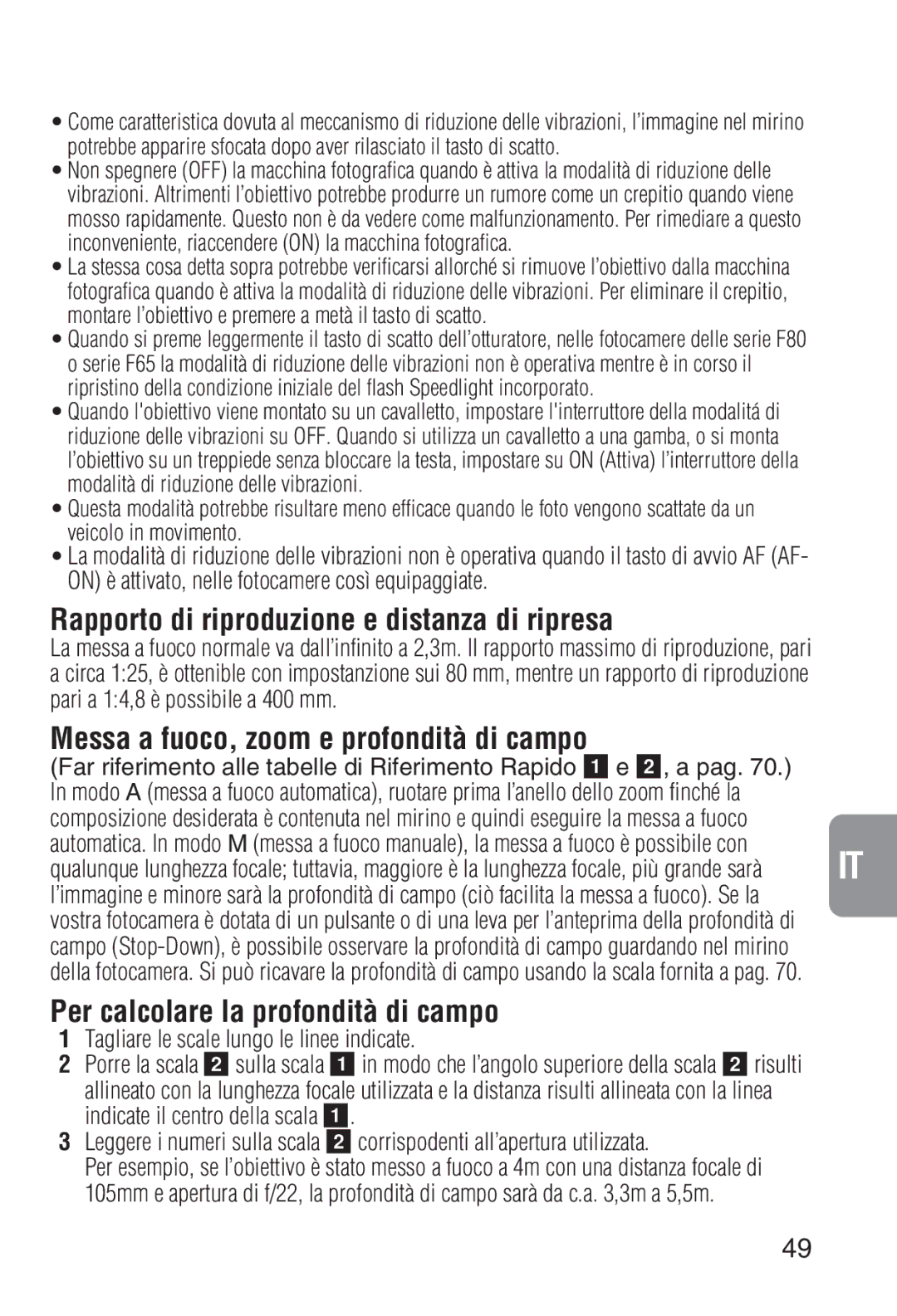2208 specifications
The Nikon 2208 is a robust digital camera designed to cater to photography enthusiasts and professionals alike. With a blend of advanced technology and user-friendly features, this model aims to deliver high-quality images and exceptional performance across various shooting conditions.At the heart of the Nikon 2208 lies a powerful 24.2-megapixel APS-C sensor that captures detailed and vibrant images. This sensor size is ideal for low-light shooting, providing excellent noise reduction and enhanced dynamic range. Coupled with Nikon’s EXPEED image processing engine, the camera ensures that your images retain their clarity and depth, even in challenging lighting scenarios.
One of the standout features of the Nikon 2208 is its impressive ISO range, which extends from 100 to 25,600. This wide sensitivity range enables photographers to shoot in various environments without worrying about grainy or underexposed images. Additionally, the camera boasts a 39-point autofocus system that includes nine cross-type sensors, ensuring fast and accurate focusing on subjects, whether they are still or in motion.
The Nikon 2208 supports continuous shooting at up to 5 frames per second, making it suitable for action shots and capturing fleeting moments. Its 3-inch LCD touchscreen display facilitates easy navigation through menus, along with allowing for quick adjustments to settings. The display is also fully articulated, giving users the versatility to shoot from different angles, including low or high perspectives.
Connectivity is another strong suit of the Nikon 2208. The camera features built-in Wi-Fi and NFC capabilities, allowing instant sharing of images to smartphones and tablets as well as seamless remote control functionality through dedicated mobile applications. This ensures that photographers can easily upload their work to social media or share them with clients on the go.
The Nikon 2208 is also compatible with a wide range of NIKKOR lenses, which provides users with versatility in their photography pursuits. Whether you are interested in landscape, portrait, or macro photography, the vast array of lenses available expands creative possibilities.
In summary, the Nikon 2208 is an exceptional digital camera that combines innovation with practicality. Its high-resolution sensor, extensive ISO range, fast autofocus capabilities, and seamless connectivity make it an ideal choice for both amateur and professional photographers looking to elevate their craft. With its user-friendly interface and adaptability, the Nikon 2208 continues to be a preferred model in the competitive camera landscape.
